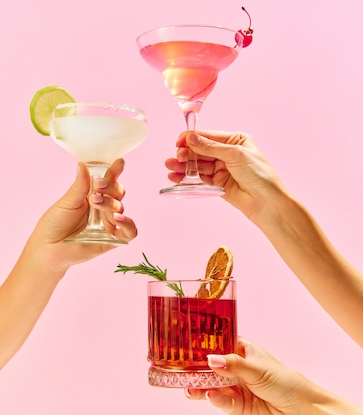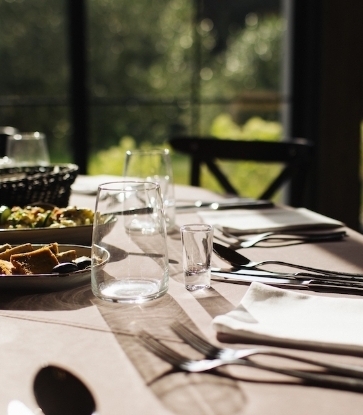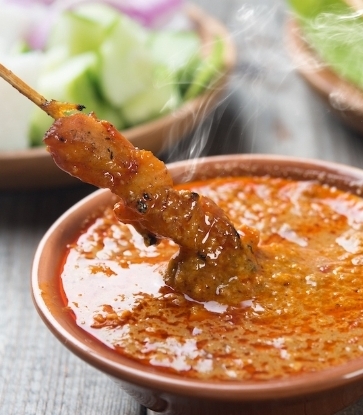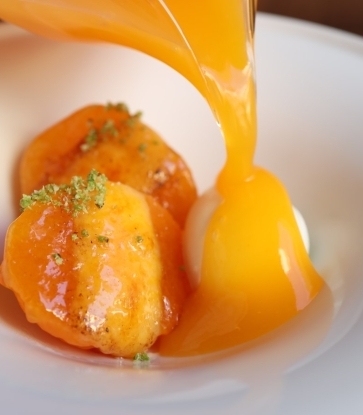Green tea is really a category as broad as white wine and the quality varies drastically from your supermarket boxes of teabags to the kind you'll see at Japanese tea ceremonies. Only teas that are made from leaves that have been steamed and roasted immediately after they are picked can be considered green teas.
Without further ado, here's a primer on seven types to get you started.

Also known as Jade Dew to those in the trade, gyokuro is a type of shaded green tea. This means gyokuro tea bushes are covered with a cloth or screen, shielding it from the hot sun for the three weeks it has to grow. By limiting the amount of light, the generation of catechins from amino acids is suppressed, resulting in tea that's smooth, light and with a surprising amount of depth.
Genmaicha
Its name gives us a hint as to what this green tea is made with; genmaicha literally translates to "brown rice tea". Unprocessed brown rice is first soaked and steamed before getting roasted, popped and mixed with a type of green tea – typically sencha – at a 50:50 ratio. The final product is a deliciously toasty, nutty full-bodied tea that's a touch on the savoury side.

If you're presented with a cup of green tea at your regular sushi-ya, chances are you're getting sencha. The popular Japanese green tea is prepared by infusing processed whole green tea leaves in hot water (70 to 75 degrees celsius hot, never boiling).
Biluochun
Green tea may have found its calling in Japan but it's worth noting that the origins of green tea can be traced back to China. While the Chinese seem to favour fermented teas such as pu-erh and oolong over the fresh, fruity greens, the country is home to some truly exceptional green teas. The biluochun is one example. Grown in the Dongting mountain region near Lake Tai, Jiangsu, the biluochun – translates to "green snail spring" – is so named for the shape it is rolled into: a tight spiral resembling the shell of a snail.

It is often confused for a genmaicha for both teas exhibit beautifully toasty, caramelly notes. But unlike the genmaicha, which is made with roasted brown rice combined with a green tea like sencha, hojicha is prepared with the tea leaves themselves getting toasted.
It is said that the tea was born from humble beginnings; tea merchants in Kyoto were looking for a way to make use of old green tea leaves and one thought to roast them over charcoal, which resulted in a toasty, mellow tea that pairs exceptionally with both savoury and sweet dishes.
Longjing
Here's another product of China. Longjing, which literally translates to "dragon well," is said to have been named after the eponymous well located near Longjing village, where the tea originated from. The tremendously popular tea was granted the status of imperial tea, during the Qing dynasty and continues to be one of the most sought after teas in China. Quality Longjing teas are expected to be tender, whole and uniform, yielding a mild and sweet flavour with underlying notes of chestnut.

This green tea probably requires no introduction but while we've had the liberty of consuming it in pastries, cookies, ice creams or even mooncakes, we probably don't know much about where it comes from. Matcha is made from shade-grown tea leaves that also are used to make gyokuro. The leaves are grown in the shade for three weeks before getting picked, their veins and stems meticulously removed and then steamed, roasted and stoneground up into a powder. So if you come across bags of tea leaves masquerading as matcha, run.























